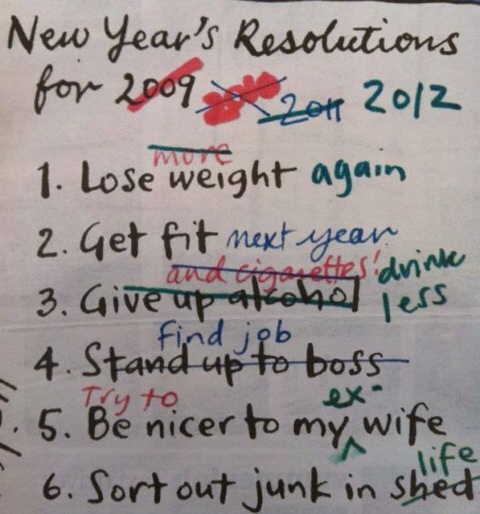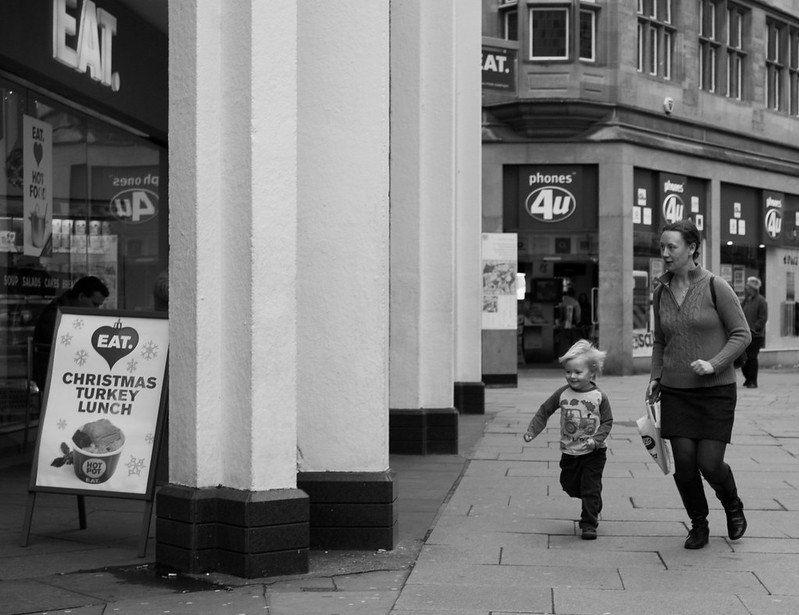I have several good friends who are architects, and I have a great respect for the profession as a whole.
However…
There do seem to be some basic rules which not all architects, bless them, appear to have picked up on, but everybody else understands (so you’d think it ought to be drummed into them at architecture school).
I therefore offer a few pointers for any architects who missed the first class at college. (I expect there are plenty of blogs where architects complain about their software, and rightly so!) So here we go:
1. Concrete and cement buildings always look horrible after ten years.
You can understand them wanting to experiment with this nice new material when it first came out, but that was a very long time ago. They should have realised the error of their ways before our city centres were filled with all these nasty stained buildings. Yes, there are some structures you can only build this way – like motorway bridges – but if you have to make buildings out of it, for God’s sake cover them up with something aesthetically pleasing afterwards.
2. Flat roofs are a bad idea.
Things fall on roofs (like leaves and raindrops). If the roofs are flat, they don’t fall off again. It’s not that hard.
Yes, I know we like Frank Lloyd Wright, but haven’t you noticed the number of houses where flat roofs are replaced with pitched ones? As well as being more practical, they usually look a lot better. Put it this way: how many people do you know who go the other way? “You know, I’ve always liked this house, but that sloping roof is a pain. I’m thinking of taking it off and replacing it with nice flat one.”
3. Innovate around heating and ventilation at your peril.
Here in Cambridge, Norman Foster’s striking Law Faculty building was plagued with internal gales as the single centralised temperature control tried to equalise things around a vast building. (The dramatic open plan design also caused major noise problems. Both issues were dramatically reduced when the architects reluctantly introduced more glass partitioning, something that had been gently suggested by the faculty staff before it was built.)
A mile or so away, the new Computer Lab building rejected traditional heating and air conditioning in favour of a system which took into account the high density of power-hungry cathode-ray-tube monitors and tower PCs. It was completed in 2001, just as people were starting to move to laptops and LCD screens…
So those are my starting suggestions; get those under your belt and, I think we can agree, you’re well on your way to having happier clients.
Any other suggestions for Architecture 101?







Recent Comments